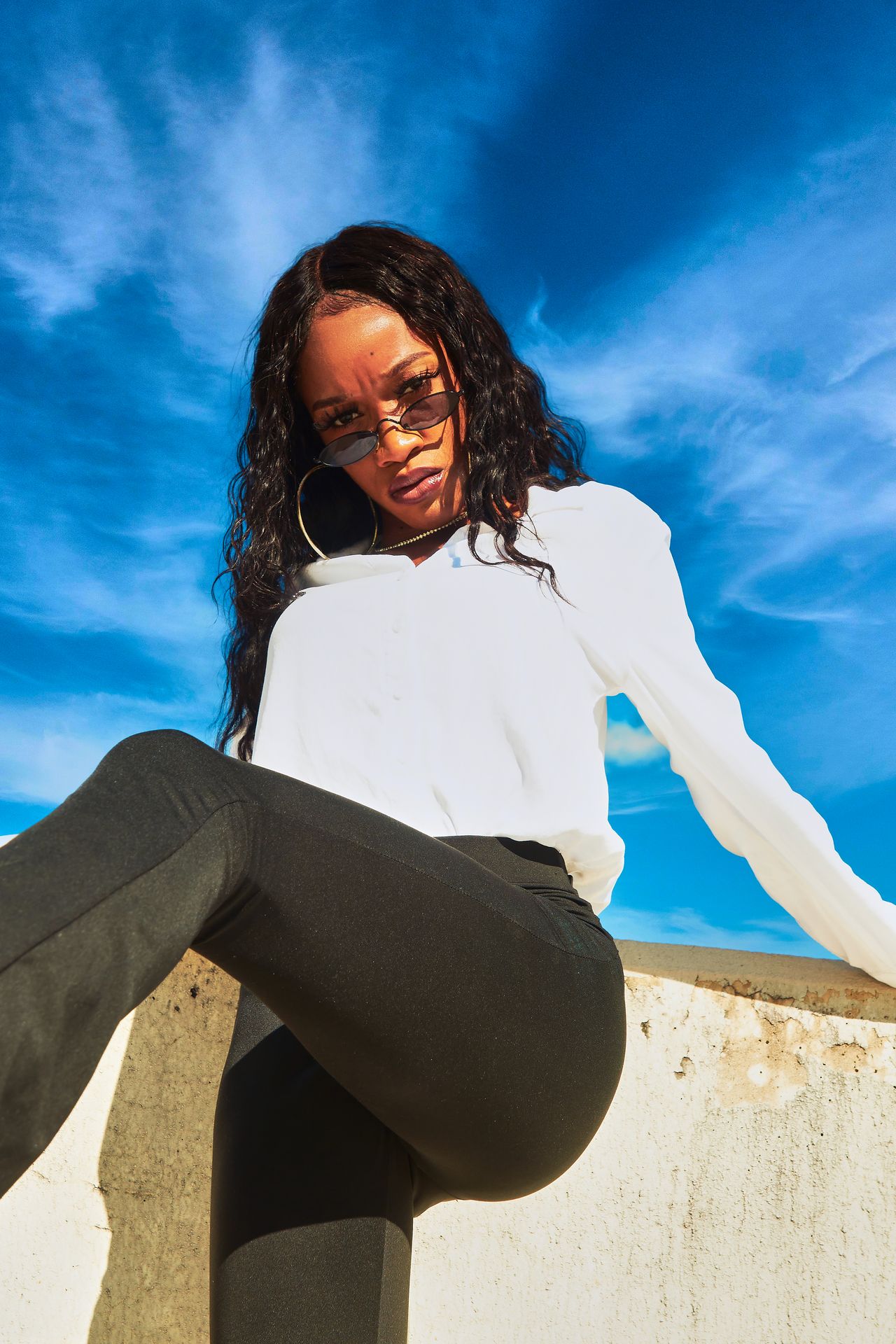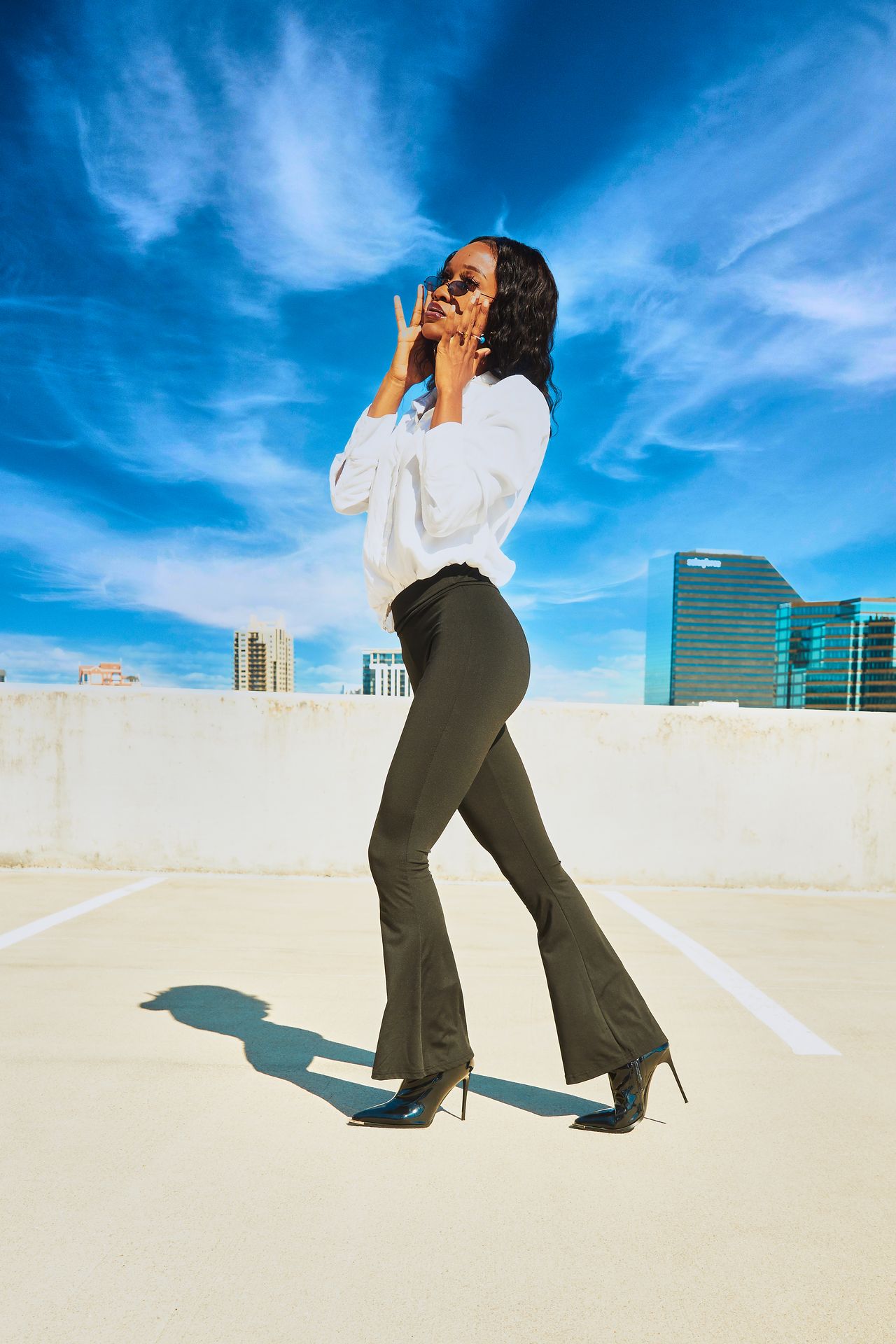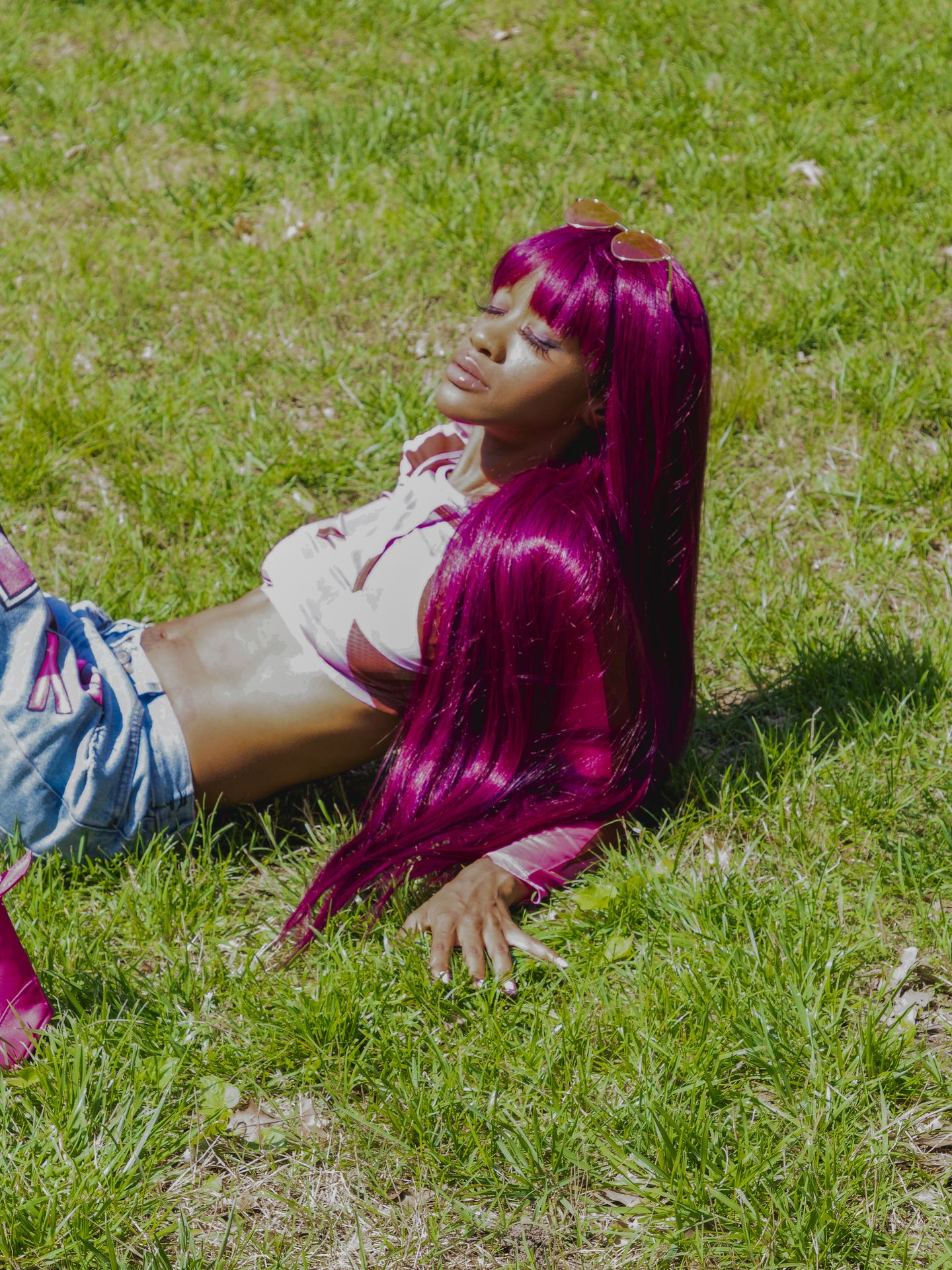Within the realm of photography, natural illumination is a potent instrument that can drastically enhance the excellence of your portrait images. Whether you are a professional photographer or an amateur enthusiast, understanding how to utilize natural light effectively can elevate your portrait photography to a whole new level. In this blog post, we will explore some important tips and techniques for capturing stunning portraits using natural light.
Understanding the Characteristics of Natural Light
Before we delve into the tips for using natural light in portrait photography, it is essential to understand the different characteristics of natural light. The characteristics of natural light can fluctuate based on the time of day, atmospheric conditions, and the surroundings. Soft, diffused light on an overcast day can create a flattering and even illumination for portraits, while harsh sunlight can result in strong shadows and highlights. By observing and analyzing the natural light around you, you can determine the best approach for capturing stunning portraits.
Golden Hour Magic
One of the most popular times for portrait photography is during the "golden hour," which refers to the period shortly after sunrise or before sunset when the light is soft, warm, and diffused. The golden hour provides a beautiful, flattering light that can enhance the mood and atmosphere of your portraits. When shooting during the golden hour, position your subject facing the light to create a soft, glowing effect on their face. Try out various perspectives and arrangements to fully utilize this enchanting period of the day.

Utilizing Window Light
Indoor portrait photography can also benefit from natural light, particularly when using window light as a primary light source. Position your subject near a window where soft, diffused light is streaming in, creating a flattering and natural-looking illumination. You can adjust the positioning of your subject and the camera to control the intensity and direction of the light, resulting in beautifully lit portraits with a soft, ethereal quality.
Avoiding Harsh Shadows
When shooting portraits in direct sunlight, it is crucial to avoid harsh shadows that can detract from the overall quality of the image. To minimize shadows, consider using a reflector or a diffuser to bounce and soften the light on your subject. Alternatively, you can position your subject in a shaded area where the light is more even and gentle. By controlling the light and shadow in your portraits, you can create a more balanced and visually appealing composition.
Embracing Backlighting
Backlighting is a technique where the light source is positioned behind the subject, creating a halo effect and a sense of depth in the portrait. When using backlighting, ensure that your subject is properly exposed and not silhouetted against the bright background. You can adjust the exposure settings on your camera or use fill flash to illuminate the subject's face while maintaining the dramatic backlighting effect. Experiment with different angles and poses to make the most of this creative lighting technique.

Using Reflectors and Diffusers
Reflectors and diffusers are essential tools for manipulating natural light and enhancing the quality of your portraits. A reflector can bounce light back onto your subject, filling in shadows and creating a more even illumination. On the other hand, a diffuser can soften and diffuse harsh light, resulting in a more flattering and natural-looking portrait. Experiment with different types of reflectors and diffusers to see how they can improve the lighting in your portraits.
Experimenting with Light and Shadow
Don't be afraid to experiment with light and shadow in your portrait photography. By playing with different lighting techniques, angles, and compositions, you can create unique and visually striking portraits that stand out. Whether you prefer soft, romantic lighting or bold, dramatic shadows, embracing the interplay of light and shadow can add depth and dimension to your portraits.

Practicing and Patience
Like any skill, mastering the art of capturing stunning portraits with natural light requires practice and patience. Take the time to experiment with different lighting scenarios, poses, and compositions to discover what works best for your style and vision. Don't be discouraged by initial challenges or setbacks – keep practicing, learning, and refining your techniques to improve your portrait photography skills over time.
Leveraging Natural Reflectors
Natural reflectors such as walls, buildings, or even bodies of water can be used to bounce light onto your subject, creating a pleasing and balanced illumination. Position your subject near these reflective surfaces to take advantage of the soft, diffused light they can provide. This technique is particularly useful when you need to fill in shadows without carrying additional equipment.
Capturing Candid Moments
Natural light is ideal for capturing candid moments, as it creates a more authentic and spontaneous feel to your portraits. Observe your subject in their natural environment and wait for moments of genuine expression and emotion. The natural light will enhance the candid nature of your shots, resulting in portraits that are both realistic and engaging.
Choosing the Right Background
The background of your portrait plays a crucial role in the overall composition and mood of the image. When using natural light, select backgrounds that complement the lighting conditions and enhance your subject. For instance, a brightly lit background may work well with soft, golden hour light, while a shaded background might be better for midday sun. Pay attention to the colors and textures in the background to ensure they do not distract from your subject.

Understanding Light Direction
The direction of light can dramatically affect the look and feel of your portraits. Front lighting, where the light source is directly in front of the subject, provides even illumination but can sometimes look flat. Side lighting creates depth and dimension by highlighting the contours of the face, while backlighting, as mentioned earlier, can create a dreamy, halo effect. Experiment with different light directions to see how they influence the mood and texture of your portraits.
Creating Silhouettes
Silhouettes are a striking way to use natural light in portrait photography. Position your subject against a bright light source, such as the setting sun, and expose for the background, leaving your subject in shadow. This technique can produce dramatic and visually compelling images, especially when combined with interesting poses and compositions.
Understanding the Weather
The weather can significantly impact the quality and type of natural light available for your portraits. Overcast days provide soft, diffused light that is perfect for flattering portraits, while sunny days offer opportunities for strong contrasts and dramatic shadows. Learn to work with different weather conditions to take full advantage of the natural light available. Even rainy days can offer unique and beautiful lighting opportunities if approached creatively.
Post-Processing Tips
Post-processing is an important step in refining your natural light portraits. Use editing software to adjust the exposure, contrast, and color balance to enhance the natural light effect. Be careful not to over-edit, as this can detract from the authenticity of natural light. Subtle adjustments can help you bring out the best in your portraits while maintaining a natural and realistic look.
Working with Different Skin Tones
Natural light can enhance the beauty of different skin tones when used correctly. Pay attention to how the light interacts with your subject’s skin and make necessary adjustments to avoid overexposure or underexposure. Reflectors and diffusers can be particularly useful in balancing the light for diverse skin tones, ensuring that each portrait is flattering and true to life.

Engaging with Your Subject
A great portrait is not just about the lighting – it’s also about the connection between the photographer and the subject. Engage with your subject to make them feel comfortable and relaxed in front of the camera. Natural light has a way of revealing true expressions and emotions, so fostering a good rapport with your subject will help you capture their genuine self.
Planning Your Shoot
Preparation is key to a successful natural light portrait session. Scout locations ahead of time to find the best spots for natural light. Plan your shoot around the golden hour or other times when the light is most favorable. Have your equipment ready and know how to quickly adjust your settings to adapt to changing light conditions.The intensity of sunlight changes throughout the day and is influenced by weather and surroundings.
Natural light is a versatile and powerful tool for capturing stunning portraits that showcase the beauty and personality of your subjects. By understanding the characteristics of natural light, utilizing different lighting techniques, and experimenting with light and shadow, you can elevate your portrait photography to new heights. Remember to practice, be patient, and keep honing your skills to create captivating and memorable portraits that truly shine.
By following these tips and techniques, you can enhance your portrait photography skills and create stunning images that capture the essence of your subjects naturally and authentically. Embrace the beauty of natural light and let it guide you in creating portraits that are both visually striking and emotionally compelling. Happy shooting!